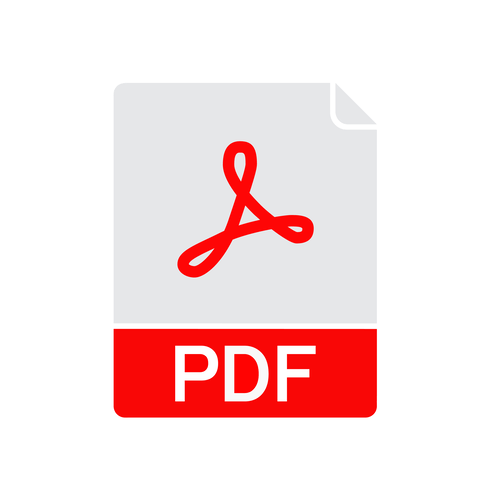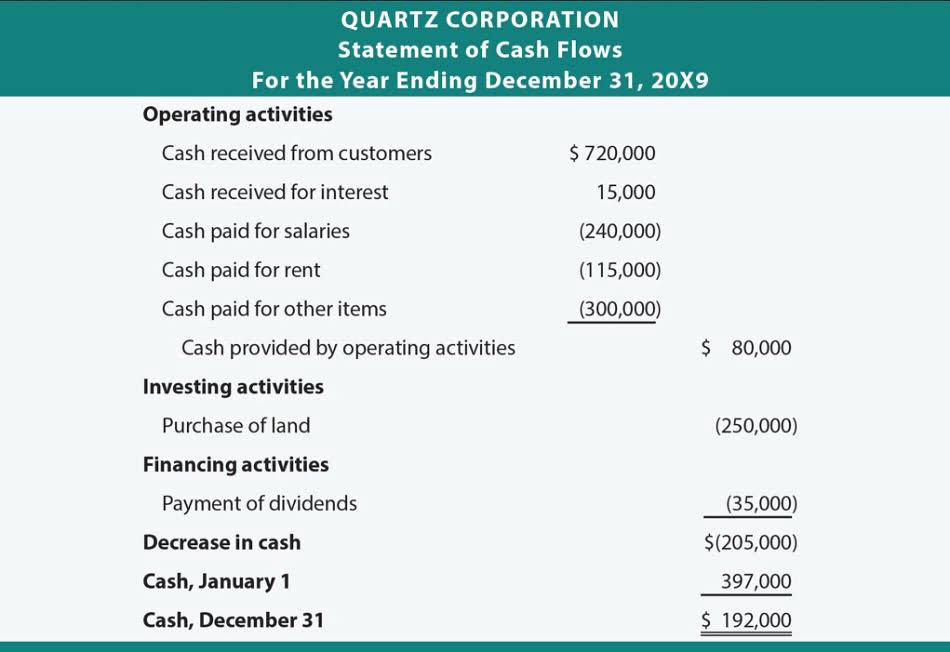
Under variable costing the cost of a product includes only variable costs. Under absorption costing the overhead costs which cannot be attributed to the product are assigned to every unit. It helps small businesses to track the cost of products easily as their production is not on a very large scale. The businesses can realise their fixed costs beforehand and correctly price the product for sale. Companies use absorption costing because it aligns with accounting standards, helps with cost allocation, inventory valuation, and taxation compliance. cash flow Since absorption costing is required by GAAP and IFRS, using this method ensures that financial statements are consistent and comparable across different companies and time periods.
Uninformed Profitability
Understanding and using absorption costing can lead to better pricing decisions, efficient resource utilization, and more reliable financial reporting. Absorption costing is a GAAP-compliant method of accounting for all manufacturing costs as product costs, including both variable costs and fixed overhead costs. This leads to an accurate representation of product cost on the income statement.
- In case when units are still in stock the fixed overhead costs are not transferred to the expenses report.
- Factors such as units produced, variable costs, and administrative costs play a significant role in determining the best approach.
- The fixed overhead costs are now budgeted at 4,000 euro a month and have been absorbed per production.
- This causes net income to fluctuate between periods under absorption costing.
- Regularly updating this rate ensures that overhead costs are appropriately assigned to each unit, maintaining cost accuracy as production levels change.
- As you can see, by allocating all manufacturing costs to inventory, absorption costing provides a more comprehensive assessment of profitability.
Compliance and Reporting
With Absorption Costing, all manufacturing expenses are allocated to every product, even if every item isn’t sold. The salaries and benefits of supervisors and managers overseeing the production process are classified as fixed manufacturing overhead. In periods where production declines, the opposite effect happens – fixed costs are released from inventory, increasing cost of goods sold and lowering net income. In summary, the overhead absorption rate helps allocate a fair share of indirect overheads to each product based on expected production volume. On the downside, things can get a little tricky when it comes to absorption costing formula making an exact calculation of absorbed costs, and knowing how much of them to include.
Activity Based Costing / ABC method: Basics and Benefits
Following these tips ensures accurate cost allocation, reliable financial reporting, and a more comprehensive view of your company’s manufacturing costs and profitability. Variable manufacturing overhead costs are indirect costs that fluctuate with changes in production levels. Examples include costs related to electricity, water, and supplies used in the manufacturing process.

Comprehensive Cost Accounting

Fixed costs cannot be subtracted from revenue until the units are sold so absorption costing shows incomplete information regarding the profit Bookkeeping for Veterinarians levels of the company. This may show unaccounted-for costs on the company’s income statement while showing profitability on the balance sheet. While both absorption and marginal costing are used to determine product costs, they differ in their treatment of fixed overhead costs.
Absorption Costing vs. Variable Costing: An Accounting Perspective
- The Knowledge Academy takes global learning to new heights, offering over 30,000 online courses across 490+ locations in 220 countries.
- Overall, absorption costing adheres to GAAP principles for inventory valuation and provides a full allocation of all manufacturing costs to inventory and cost of goods sold.
- Absorption costs include fixed and variable manufacturing costs in product costs, while variable expenses only include variable costs.
- The more items one plant can produce, the lower the costs will be of these items, especially the overhead costs.
- In addition to the direct material and labour costs, this method also includes the necessary over head costs.
- Absorption costing provides a comprehensive view of product costs, ensuring that all manufacturing costs are included.
Therefore, this additional cost of ₹10 per unit, incurred to produce 1 more tire is the marginal cost. Marginal costing refers to an increase/decrease in the total production cost owing to a change in the output. Go through the production procedure and decide on the amount spent on each activity during the production.
- You can calculate a cost per unit by taking the total product costs / total units PRODUCED.
- It reflects the sales made during the period at the price agreed upon with customers.
- This can lead to decisions that may be outside the business’s best interest, such as discontinuing a product that appears unprofitable but covers fixed costs.
- This can be crucial for investors, regulators, and other stakeholders who rely on these statements to make informed decisions.
- It includes direct materials, direct labor, and both variable and fixed overhead costs.
Step 4: Absorption costing profit calculation
Absorption costing results in a higher net income compared with variable costing. This article will discuss not only the definition of absorption costing, but we will also discuss the formula, calculation, example, advantages, and disadvantages. The following diagram explains the cost flow for product and period costs. Variable cost is assumed as product cost whereas fixed cost is taken as a cost for the period.
Revenue Reporting in Absorption Costing

By using absorption costing, the company complies with accounting standards, ensuring that their financial statements are accurate and comparable to those of other companies. This can be crucial for investors, regulators, and other stakeholders who rely on these statements to make informed decisions. By including all manufacturing costs, absorption costing provides a more accurate measure of profitability. This can be especially important for decision-making and performance evaluation. To avoid this, businesses should implement a predetermined overhead allocation rate that reflects actual production volume. Regularly updating this rate ensures that overhead costs are appropriately assigned to each unit, maintaining cost accuracy as production levels change.

Ensuring a clear distinction improves cost tracking, reduces errors, and enhances the reliability of financial data for external and internal reporting purposes. Absorption Costing is more straightforward for small businesses to track since they probably do not have many products. By anticipating and absorbing fixed costs, companies can sell their goods more reasonably and profitably. Absorption Costing gives a company a better understanding of profitability, mainly if all its products are sold during a different period of manufacture.